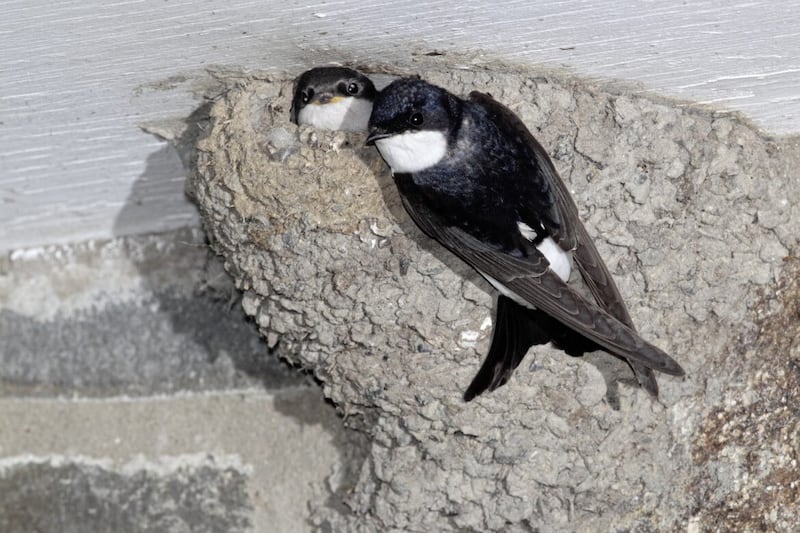THE late Kerry philosopher John Moriarty, who abandoned a career in academia in the early 1970s to live in the wilds of Connemara, was a keen observer of nature.
In the second volume of his dense autobiography he writes that while watching a heron, “I’d fall into his fishing-silence, his fishing-stillness, and soon I would know that our knowing mind is the big obstruction between us and things, between us indeed and our own being.”
For him birdwatching and simply observing nature was a form of meditation in which the mind is stilled and the observer begins to see the world in a new light.
Although Conor W O’Brien doesn’t mention Moriarty in his new book Ireland Through Birds, it is written in the same spirit of trying to re-vision our perception of the world through nature.
O’Brien takes 12 of Ireland’s rarest birds and explores their habitats as he goes in search of them. However, in exploring the landscape where these birds can be found he draws on the folklore and history associated with them, and the people – native and the subsequent waves of invaders and settlers – who have made them their homes.
It takes on the form of a travelogue, observations of nature, the calls, habitats, feeding, mating habits and descriptions of the birds he is searching for and the thoughts and musings that spring up in his own mind as he waits to catch sight of them.
O’Brien travels to Tory Island off the coast of Donegal in search of the corncrake.
Describing the landscape, he writes: “It is scant shelter for any bird to hide in. There are no hedges, shrubs or trees in which they can take shelter; the soil is too shallow to anchor them, too poor to nourish their growth.”
And yet although he can hear the call of the corncrake, O’Brien is unable to see it.
“It’s so close you’d swear you could touch it. And yet my eyes can’t find my target. At times it seems closer and further away, mocking me, making use of secret tunnels through the field to circumvent my surveillance.”
It is through his quest to spot our rarest birds that O’Brien reveals those aspects of our landscape – the other wildlife that makes up their habitats and the impact of human activity on those landscapes – that our modern eyes no longer see.
The corncrake’s endangered status in Ireland is entirely down to human activity as intensive farming practices have decimated the habitats that these once common residents nested in.
O’Brien writes: “For the last half century or more, metal and wheels have wrought a greater profit from the Irish farm, at a terrible cost to the corncrake. Earlier more vigorous cutting (for the purpose of silage, not haymaking) fell out of sync with the bird’s breeding cycle.”
He traverses Ireland in search of rare species, but it is not just in the remoter parts that he finds them. It is in Phoenix Park in Dublin that he seeks out the jay, while in Dundalk in search of a merlin (which he fails to spot) he comes across more than a dozen other species.
Although Ireland Through Birds only has a pencil drawing of each of the species it focuses on, O’Brien’s superbly visual prose evokes the sights and sounds of the landscapes and the birds he is describing.
:: Ireland Through Birds by Conor W O’Brien is published by Merrion Press.
* * *
NEXT Saturday Irish News photographer Mal McCann will be taking to the Belfast Hills for a photo walk, armed only with his iPhone.
Places are limited for this walk but more will follow in various locations. So if you want to get the most from your Smart Phone or learn how to use the best apps contact Mal for more information at malmccann.com/events








